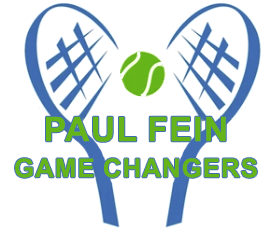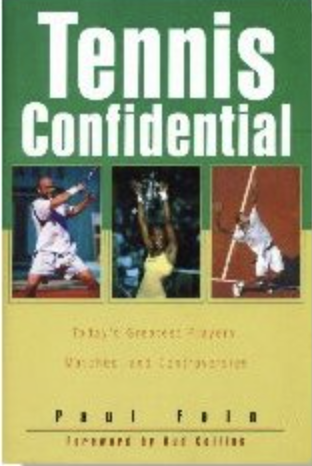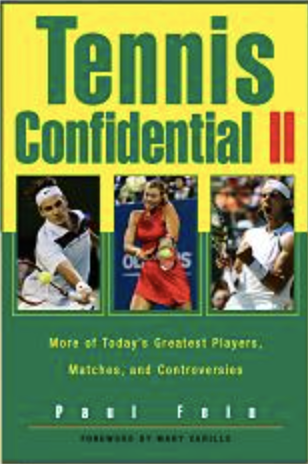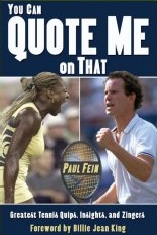Lessons from First-Round Matches at the Australian Open
Hits: 48
“Don't forget about practicing service returns. This is one stroke that hardly anybody in tennis practices enough, and yet you hit it almost as often as you hit a serve.” — Roy Emerson, from the 1976 instruction book, Tennis for the Bloody Fun of It
More singles matches are played in the first round of a Grand Slam tournament, 64, than in the combined six remaining rounds. So there was a lot to watch and learn from—both from the winners and losers.
For those who previously knew little or nothing about Maxime Cressy, the 24-year-old American was a revelation. A throwback to the second half of the 20th century, Cressy serves and volleys a lot. The former UCLA star used this old-fashioned but effective and exciting tactic regularly to edge fellow American John Isner 7-6, 7-5, 6-7, 6-7, 6-4. It worked! Cressy won a terrific 78% (99 of 128) of his points at net. Former No. 1 Jim Courier called Cressy “the best volleyer in the men’s game now” and added, “players are shocked because he comes in on everything and has great anticipation.” Lesson: Even if you’re not a natural serve-volleyer, give it a try—first in doubles and then in singles—and see how well it works out.
Maddison Inglis, a 24-year-old Australian wild card ranked No. 133 and a big underdog, showed the confidence of a top 20 player as she upset US Open runner-up Leylah Fernandez 6-4, 6-2. The 23rd seeded Fernandez’s shots, especially her serve and forehand, lacked power and placement—many of her groundies landed in the lateral middle third of the court—and Inglis capitalized on that with consistently aggressive shots. The Aussie, buoyed by the partisan crowd, also converted 3 of 5 break-point chances and won 6 of 6 points at net. Lesson: Underdogs should always have confidence they can pull an upset.
What happened to Ugo Humbert? The 23-year-old Frenchman came into the Australian Open with an impressive 6-5 career record against top-10 opponents, and two weeks earlier upset world No. 2 Daniil Medvedev at the ATP Cup. In that sensational three-set victory, Humbert excelled in every phase of the game, especially displaying razor-sharp volleys. Alas, he crashed against French veteran Richard Gasquet, 3-6, 7-6, 7-6, 6-3, winning only 24% of his receiving points. Lessons: Get fired up for lesser players (former No. 7 Gasquet had fallen to No. 81), return serve more consistently (Gasquet doesn’t have a big serve), and win tiebreakers.
Novak Djokovic boasts the best overall technique in tennis history. But a new kid on the block, Sebastian Korda, is No. 2 among today’s pros. The unseeded Korda's overwhelming 6-3, 6-0, 6-4 triumph—not an upset, really—over 12th-seeded Cameron Norrie showcased his superior strokes, especially his backhand. Norrie’s flat, low-trajectory backhand produced less power and many more errors. Korda’s game isn’t perfect, though. Despite his 6’5” height, the American hit only 6 aces (against 5 double faults) and averaged only 116 mph on his first serve. Lesson: Superior technique, while certainly not the only factor in determining the outcome of matches, is a big factor. Which stroke or strokes can you improve?



